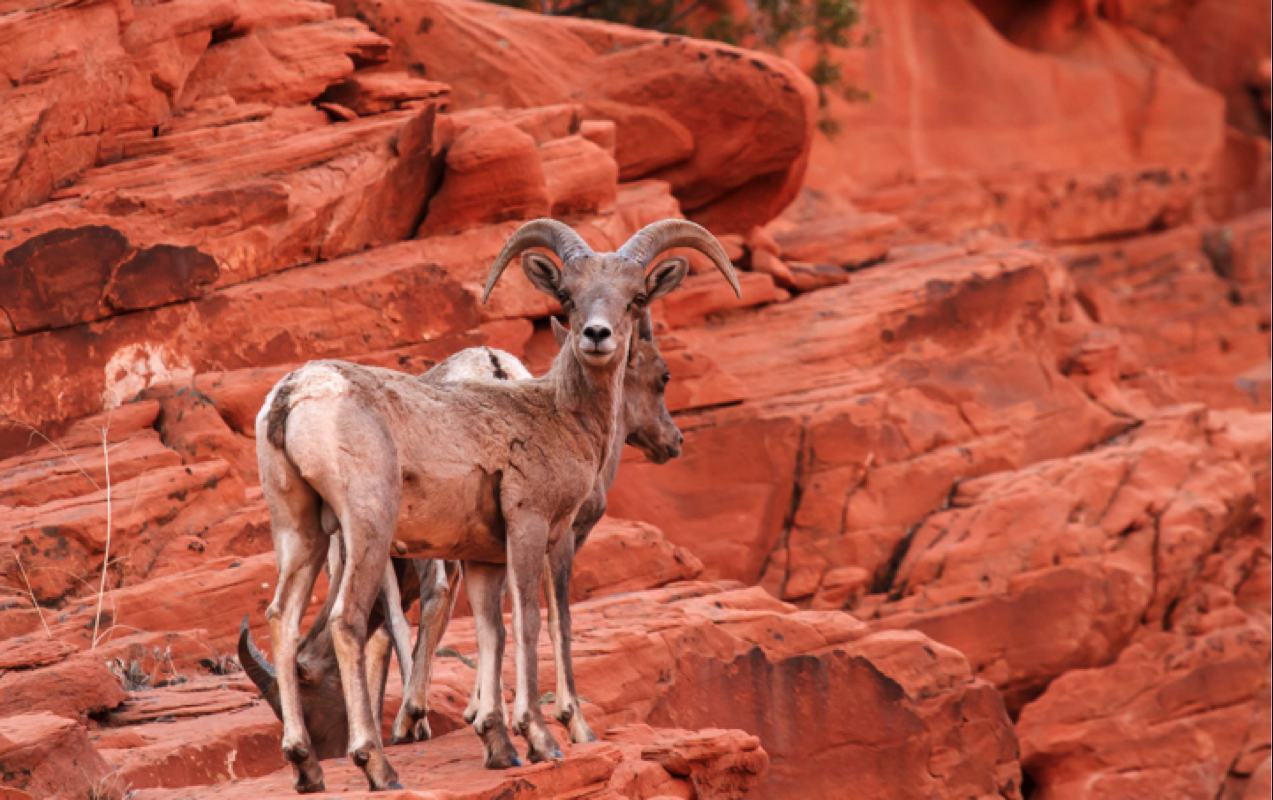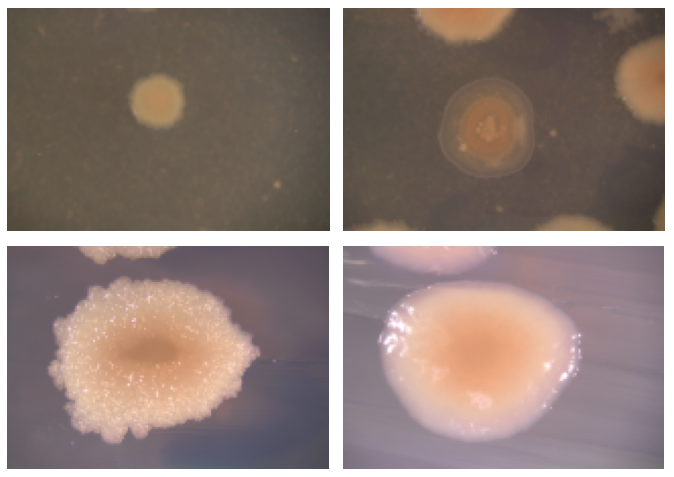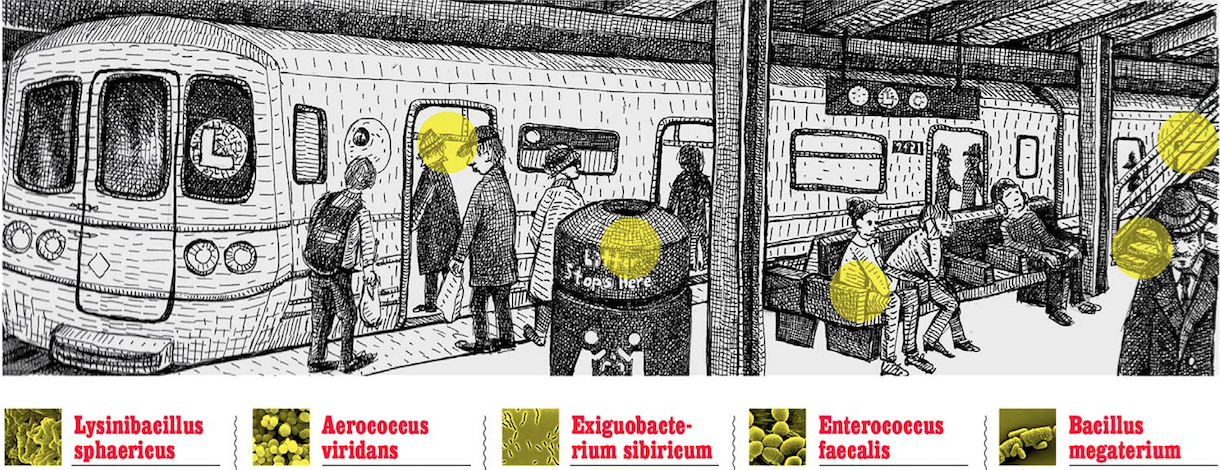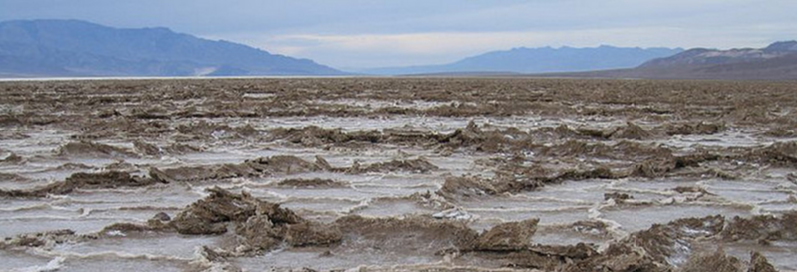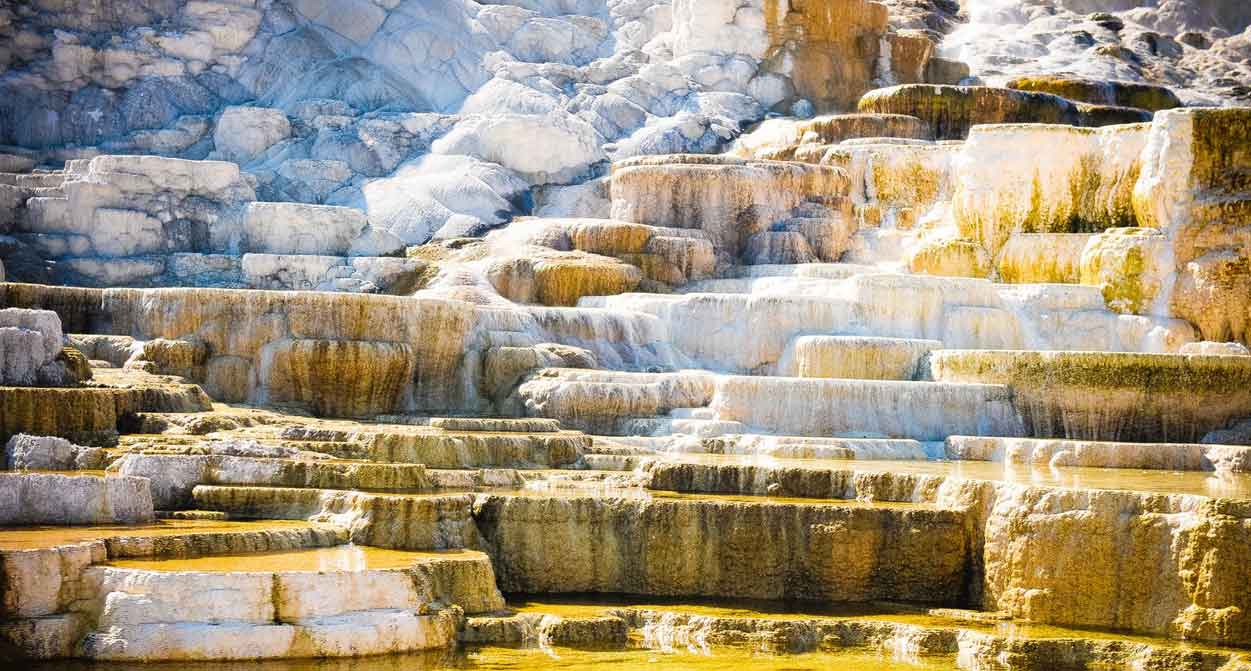Magnetotactic Bacteria
We are Alexa Boesel and Fred Cohan from Wesleyan University, and here is our next story for Invisible Life. A few years ago, an exciting discovery was made in Badwater Basin, Death Valley. Under microscopes, Lefèvre and Bazylinski found bacterial cells that seemed to be swimming. Upon closer inspection, it became clear that the cells … Read more



